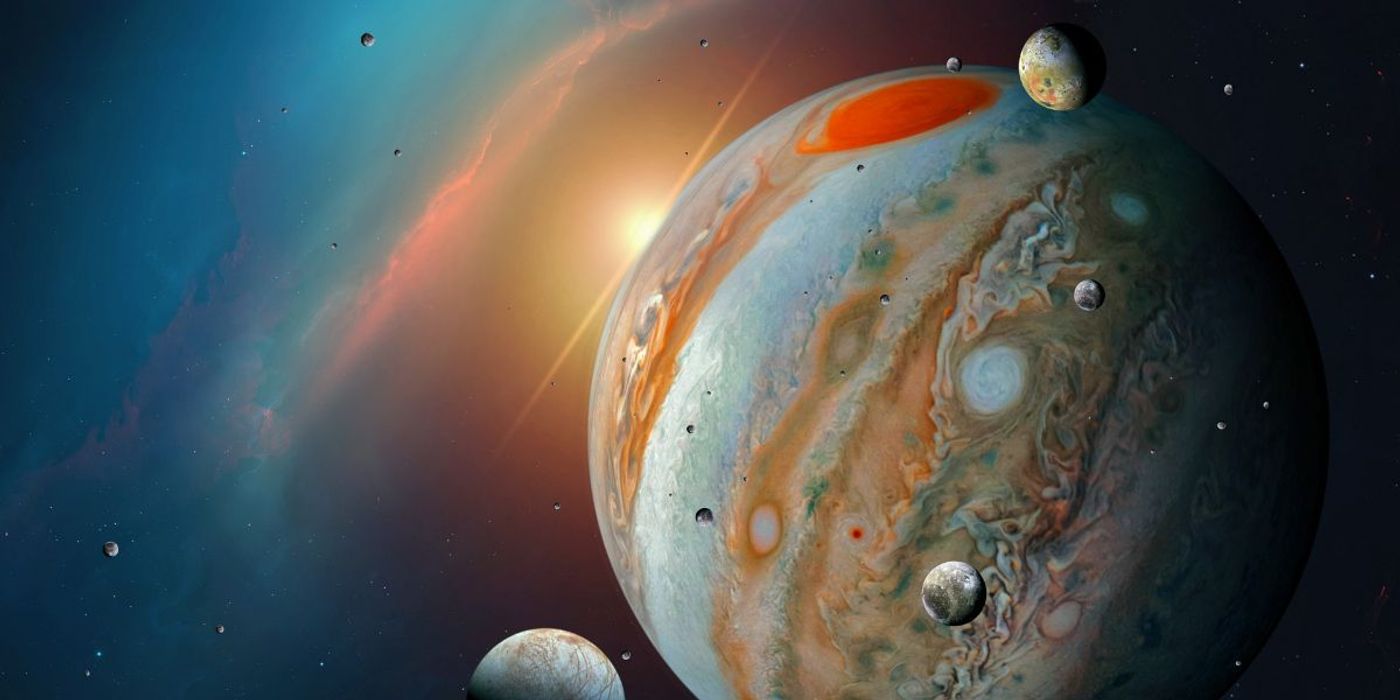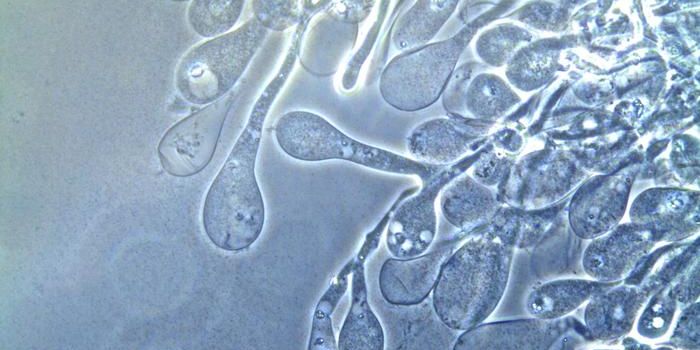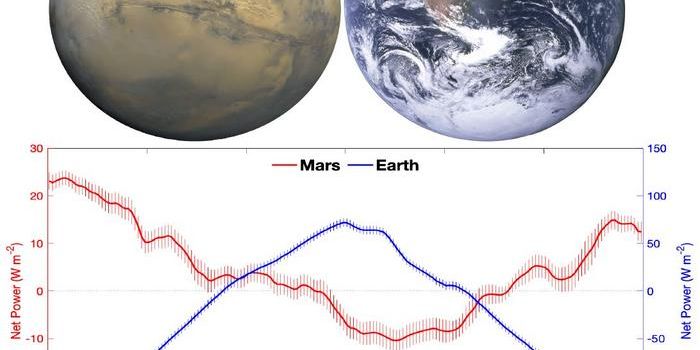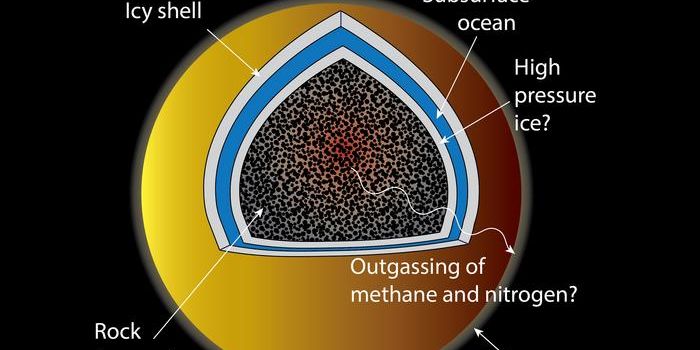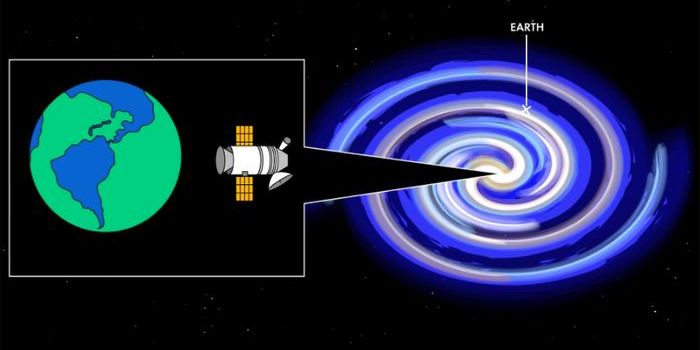Researchers Solve Jupiters 'Energy Crisis'
Astronomers have solved Jupiter's 'Energy Crisis', a long-standing issue that has puzzled scientists for decades. From new high-resolution maps, they found that the planet's powerful aurorae fuel high temperatures at the planet's equator. Their findings were published in Nature by an international collaboration of researchers.
Both ground-based observations and Jupiter space missions in the last 50 years have measured equatorial temperatures on the planet to be unexplainably hot. This 'energy crisis' led scientists to question whether their models failed to understand how heat flows from the planet's aurorae or whether there was another unknown heat source at the planet's equator.
Aurorae happen when charged particles get caught in a planet's magnetic field and spiral along field lines towards the planet's magnetic poles. There, they strike atoms and molecules in the atmosphere and release light and energy that can be seen as phenomena like the Northern lights.
While researchers have suspected that aurorae on Jupiter, known as the Jovian aurorae, may lead to heating of the planet, previous maps of the planet's upper atmosphere were of an insufficient resolution to explain how temperature may change across the planet.
In the present research, scientists created five maps of atmospheric temperature at different spatial resolutions from over 10,000 individual data points with an uncertainty of under 5%.
"Using the Keck telescope, we produced temperature maps of extraordinary detail," said Dr. James O'Donoghue, lead author of the study.
"We found that temperatures start very high within the aurora, as expected from previous work, but now we could observe that Jupiter's aurora, despite taking up less than 10% of the area of the planet, appear to be heating the whole thing," he added.
The findings suggest that fast-changing aurorae may drive waves of energy against typical poleward flows and towards the equator, thus explaining its high temperatures.
These observations indicate that Jupiter’s upper atmosphere is predominantly heated by the redistribution of auroral energy," conclude the researchers in their paper.
Sources: Nature, Science Daily
